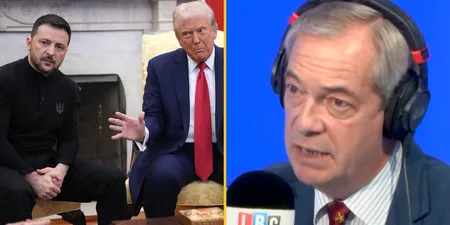AS Roma will use their social media channels to raise awareness of the plight of missing children this summer
AS Roma’s transfer announcements have regularly made waves on social media in recent years. From parodying YouTube skills videos to welcome Turkish international Cengiz Ünder to the simplicity of the poorly photoshopped image they used to mark the arrival of Atalanta midfielder Bryan Cristante, the humorous announcements have helped earn them a considerable Twitter following.
This summer, however, the Italian club have adopted a different approach – seeking to use the transfer window as a way of raising awareness of missing children.
Confirming the transfer of Leonardo Spinazzola on Sunday night, Roma shared a split-screen video on their social platforms. One half showed footage of Spinazzola completing his medical and signing his contract for the Giallorossi; the other featured the faces and details of a number of children who are currently listed as missing.
Hours later, a similar video was posted to confirm the signing of Amadou Diawara from Napoli.
Having already partnered with the National Center for Missing and Exploited Children in the United States and Telefono Azzurro in Italy, Roma confirmed to JOE on Monday that they would also be working alongside UK-based Missing People.org for the campaign.
Whenever the Serie A side complete a transfer this summer, photographs and details of missing children from each country will be used in the announcement video.
Official: Leonardo Spinazzola is now a Roma player.
This summer #ASRoma will use each transfer announcement video on social media to help raise awareness about the search for missing children globally.
@MissingKids ❤️ @telefonoazzurro pic.twitter.com/sy9GheDhsg
— AS Roma English (@ASRomaEN) June 30, 2019
“There are two goals here,” Paul Rogers, Roma’s Head of Strategy, tells JOE. “First, it’s to track down the children that are featured, but it’s also to raise awareness of the issues and the work these charities are doing.”
“Some people might think it’s quite strange,” he adds. “But if our goal is to help, the transfer window – when we’re getting most traction – is the time to do it.
“We could tweet out a picture of a missing child at any time of year, but more people are going to see it when it’s linked to a signing.”
The idea, Rogers explains, stems from the music video for Soul Asylum’s Runaway Train, which was released in 1992. The video featured images and details of several missing children, differing depending on where in the world it was shown.
As the song’s popularity increased, it was featured regularly on MTV. Miraculously, this led to 21 of the 36 missing children featured in the video being found.
“I’ve thought for a while that social media is the MTV of today, really,” Rogers adds. “It’s got a huge global presence. Once I’d read about that particular story, I couldn’t stop thinking about it and if we could do something similar.”
From there, Rogers pitched the idea of a partnership to the National Center for Missing and Exploited Children, who were instantly onboard. A similar agreement was reached with Telefono Azzurro soon after.
Clearly a drastic change in social media strategy, Rogers stresses the importance of using Roma’s platform for social good.
“We did a lot of funny – sometimes weird – stuff around transfers back in 2017,” he recalls. “We did a few photoshops the year after that but reached a point where we thought: where do we go from here?
“By that stage we’d built up a pretty big following – particularly on our English account – so we decided we should use that platform for someone other than ourselves.
“We’re not trying to be innovative or original here,” he adds.
“We’d love it if other sports teams started doing something similar.
“This is using social media for social good. We’ve got an audience, why not do something that means something, that shows we care?”




































